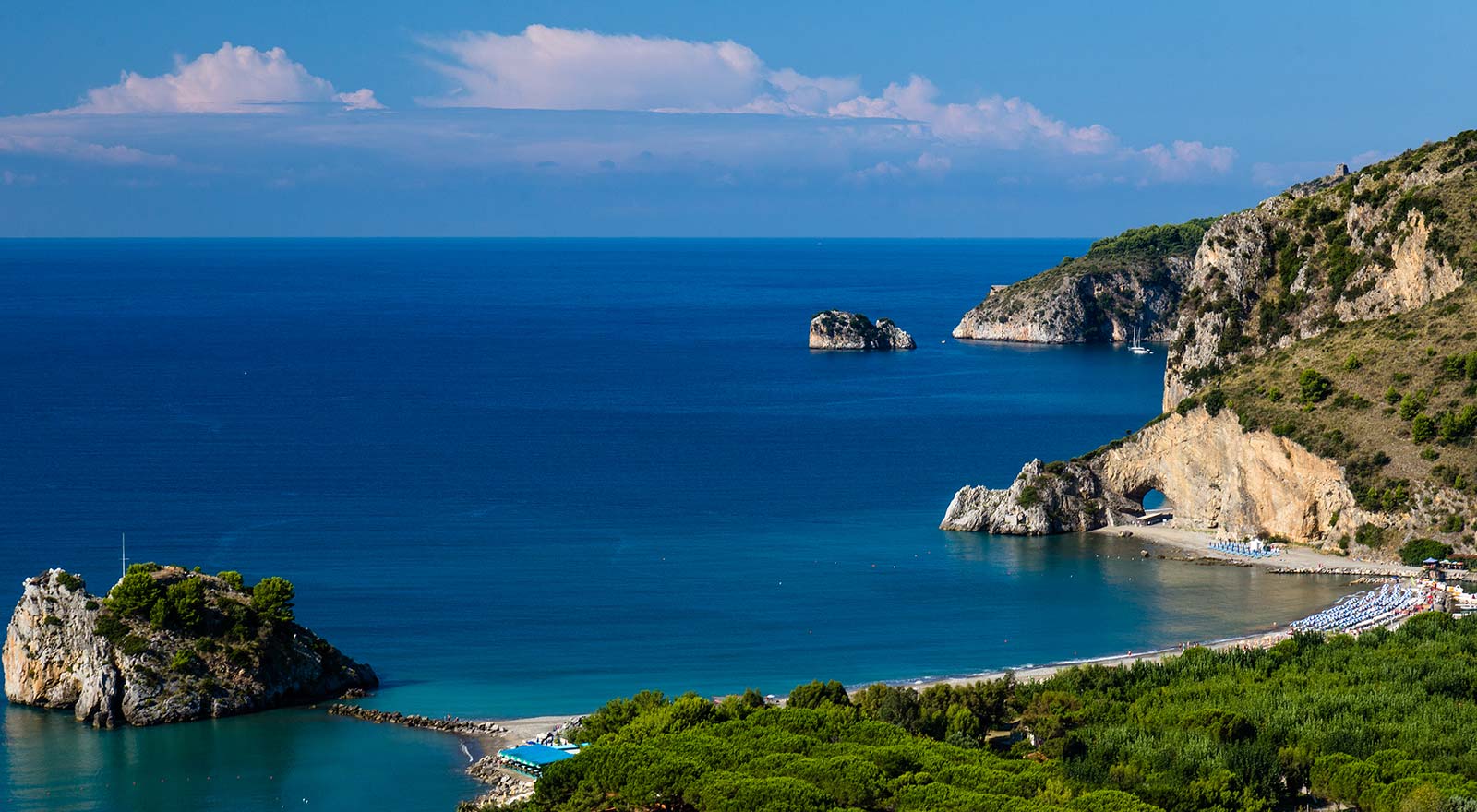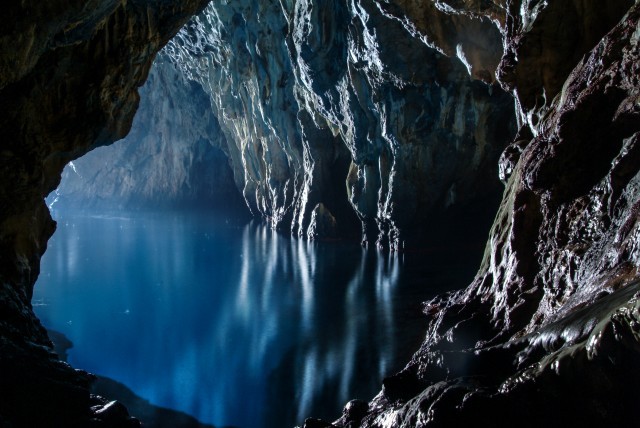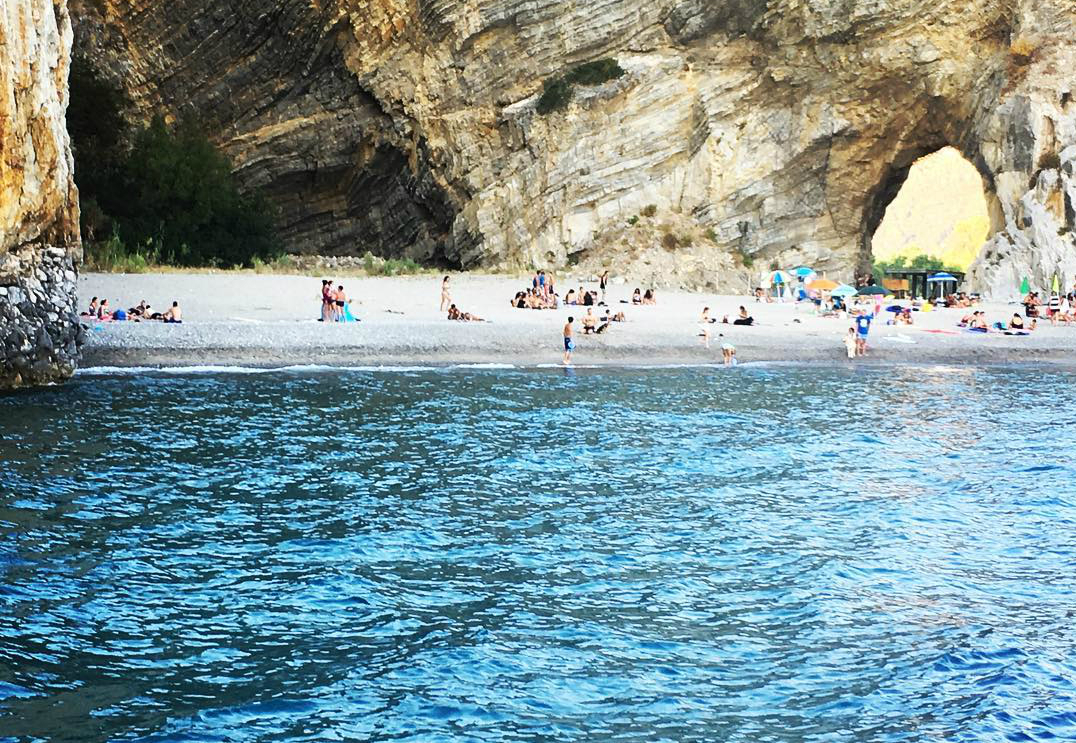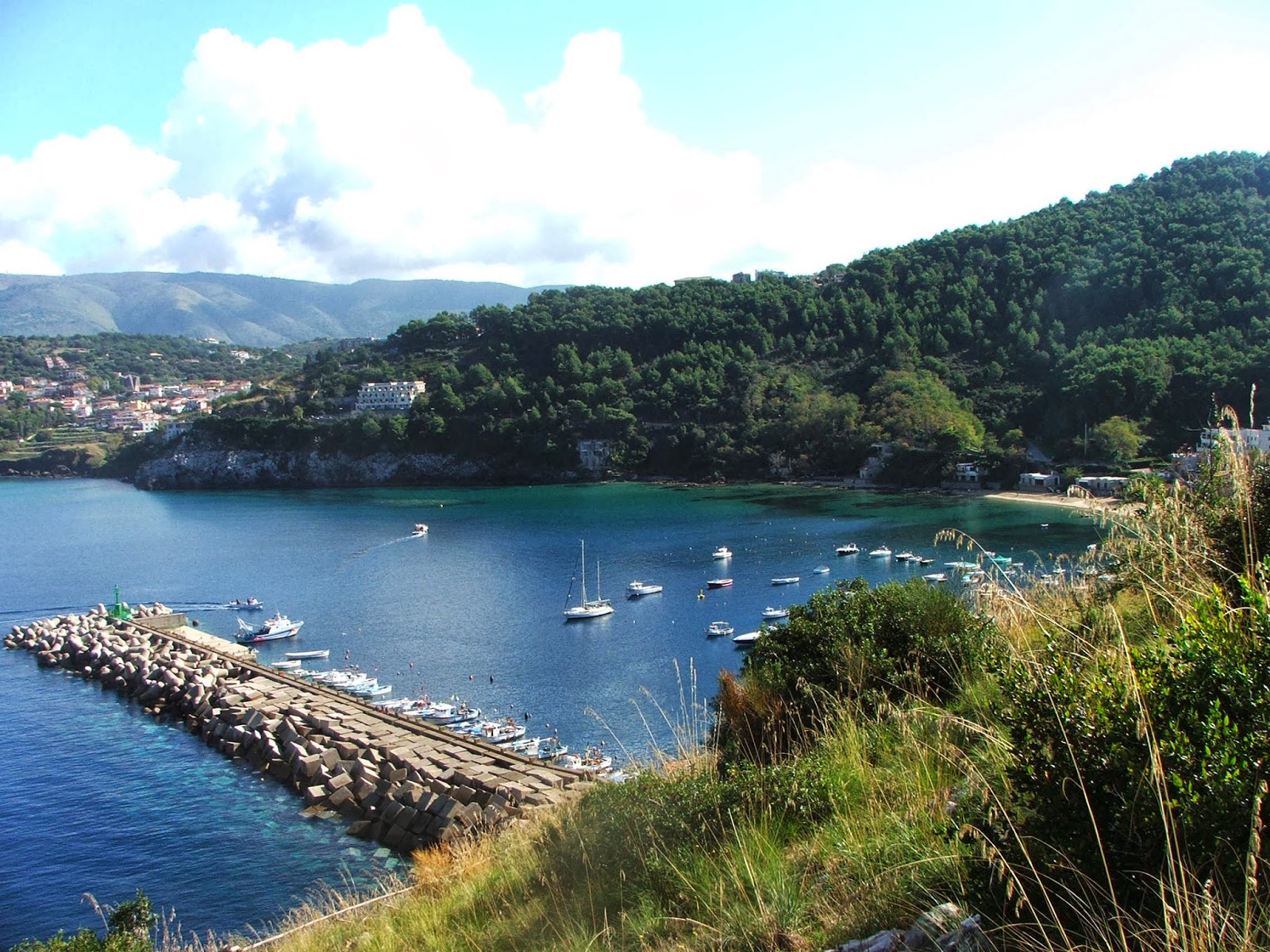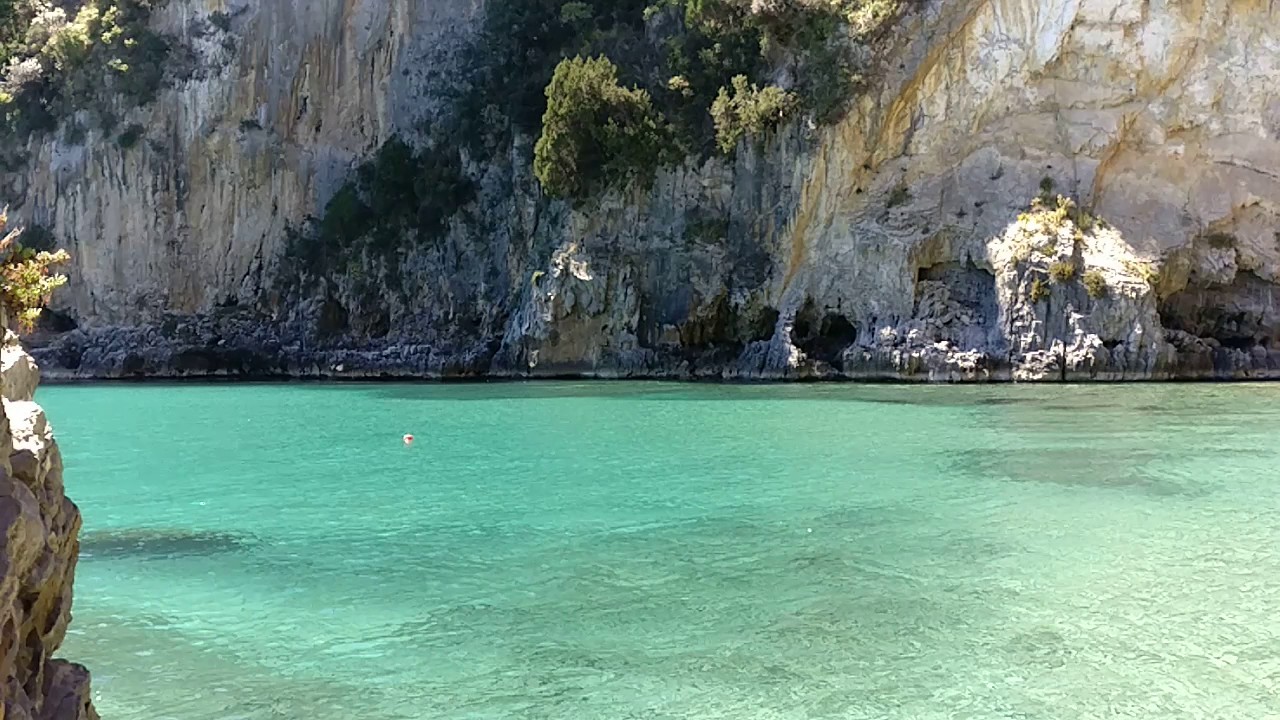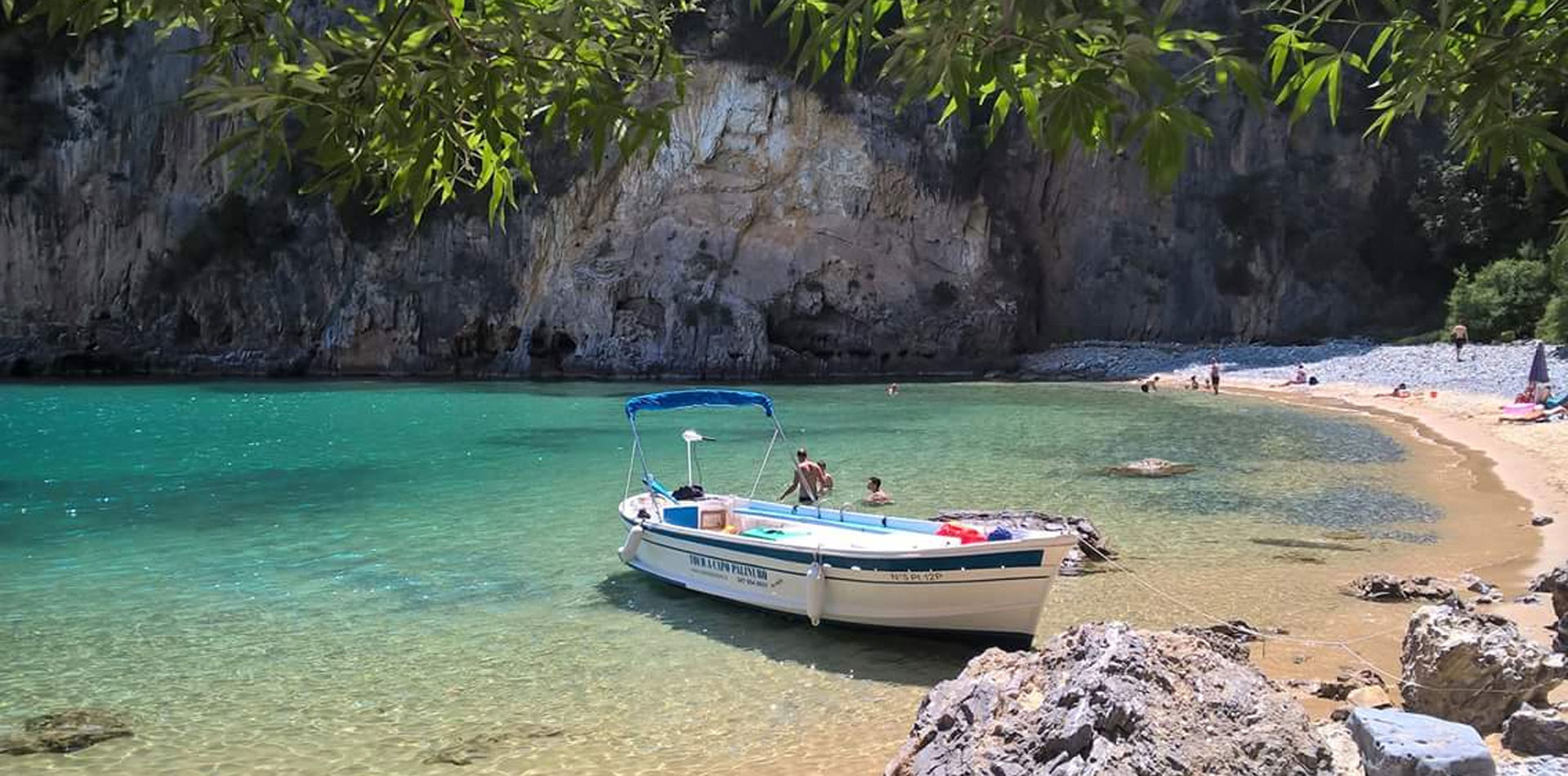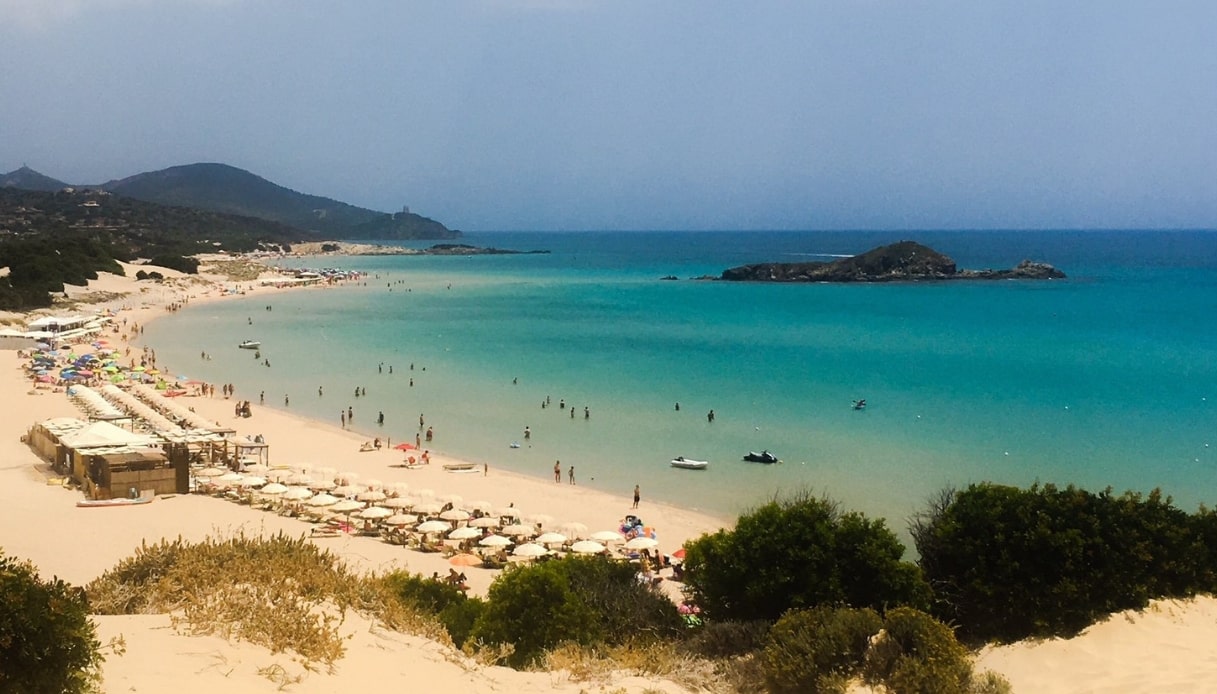Palinuro
60 minutes far from La Suscella
Palinuro is the largest district of Centola, in the province of Salerno, Campania.
Palinuro expands itself all over the small peninsula of the homonymous promontory, Capo Palinuro, renowned for its scenic beauty, its naturalistic features and the presence of both emerged caves, which can be visited by boat, and submarine ones, accessible only by diving.
Palinuro can be considered a real seaside resort in Cilento, whose name is legendarily linked to a character of the Aeneid, the mythical Palinuro, helmsman of Aeneas’ fleet. The brave helmsman loses his life, because the god of sleep makes him fall asleep with music and sweet words and then throw him in the water. Thus, what fate had always said to make Aeneas reach Lazio comes true: one of them, a Trojan, had to die. Noticing the lack of his friend, Aeneas looked for him, but since he couldn’t find him, he thinks that he is dead. Actually, as told in the Aeneid, Palinuro swims until he reaches the coast, where he is killed by the tissues and left unburied on the seashore. But, legendary etymologies aside, in the medieval and Renaissance chronicles and documents this place is found only in the form of Capo Palinudi (presumably therefore from the l. Palus-paludis, ‘swamp’).
Some excavations carried out in the San Paolo area around the 1950s brought to light an archaic necropolis, dating back to the sixth century. B.C. with burials and funeral furnishings, including a coin reproducing the inscription PAL-MOL on one side and the effigy of a running wild boar on the other side.
However, some clues and some legends would indicate the human presence in those places three centuries earlier.
There are no traces or elements attributable to the Roman era, although it is likely that the features of the promontory were used assiduously by both commercial and military ships of ancient Rome.
With the Saracen raids and the decline of nearby Molpa, Palinuro grew in terms of urban population more and more, alongside with the Norman occupation. There was for certain a raid by the Saracens on 11 June 1464, that inflicted very serious damages both on the town of Palinuro and in other nearby locations.
Palinuro natural beauties are certainly one of a kind.
The Palinuro Natural Arch has always been the symbol of Palinuro and divides the beach, equipped with kiosk and mooring for boats heading towards the caves, from the private beach that can be reached by passing under the natural hole…
The sea is crystal clear. The wide and sandy beaches (such as that of the Dunes) alternate with rocky stretches accessible only by sea where real natural jewels are hidden, such as the beach of good sleep or the suggestive caves. The Arco Naturale beach, the Marinella beach and the nearby Mingardo beach, whose enchanting landscape has been chosen several times as the location of colossal films, are worth at least one visit. From this place it is possible to leave for pleasant excursions towards corners of paradise accessible only through the sea and it is also possible to reach the Bay of Buondormire where the particular sand paints the sea with suggestive colours, which highlight the nearby Isola del Coniglio.
If you’re in holiday near Palinuro, you cannot miss the famous Blue Grotto, whose particular colour has made it rightly known, or the Grotta del Sangue, in which the water takes on a reddish hue, or the Grotta dei Monaci, characterized by limestone formations.
The port of Palinuro is the main starting point for boat excursions to the sea caves of Capo Palinuro: boat tours and excursions can be booked by contacting local operators.
Sources: Wikipedia (https://it.wikipedia.org/wiki/Palinuro_(Centola)) Palinuro (www.palinuro.it)

